“Penguin Waddle,” “T-Rex Arms”… are you familiar with these terms? If you have worked out in any way, shape, or form you have most likely suffered some aches and pains the next couple of days and you’re dying to know how to get rid of muscle soreness.
This is normal. No, really it’s true, totally normal. You are suffering from what is known as DOMS.
I know you are sitting on the edge of your seat waiting for me to unload and define this complex physiology-laden acronym, dripping with Latin- or Greek-based root words you can drop at your next cocktail party to impress your gym rat buddies. Ready? Wait for it… wait for it… Delayed Onset Muscle Soreness.
Yup, that’s it. In a science that is laced with huge SAT words that can torment even the most seasoned of Scripps Spelling Bee contestants, that is the best we seem to be able to come up with in the fitness industry.
Anyway here are all the best ways to get rid of muscle soreness and relieve yourself of your T-Rex Arms.
1. Nutrition
a. Glutamine
There is a long laundry list of ways glutamine is beneficial to the body, but I am going to stay on point here and keep it limited to the subject at hand. Yes, glutamine occurs naturally in the human body and is a big part of our amino acid makeup. But supplementing with glutamine can improve protein synthesis, thereby reducing the recovery period and allowing you to get back at it sooner and improve lean mass growth.
b. Protein/Branched Chain Amino Acids (BCAA’s)
I am going to lump these two together, being that a good quality protein powder will have all three BCAA’s in them. Due to the fact that your muscle tissue is mostly made up of protein, it will naturally require a supply of dietary protein that is rich in essential amino acids, i.e. BCAA’s. During the recovery process synthesis of and an increase in the bulk of new muscle fibers takes place by adding new protein strands. BCAA’s come into play in a few ways; not only do they help with protein synthesis, but they also slow the rate of protein breakdown and help stimulate glycogen synthesis and replace spent energy stores.
With that being said, it should also be noted that the North American diet provides more than enough protein to meet your needs even for athletes. For instance, if I calculate my daily dietary needs according to the RDA it comes out to 68.4g of protein for the day. If I start up my morning with a couple of hard boiled eggs included with my breakfast, that’s 6g each or 12g of protein total. Or maybe you prefer a serving of Greek yogurt instead? That would be 17g of protein. Then maybe I include a chicken breast in my lunch. That would be another 43g of protein. So, in two meals we are looking at 60-65g of protein. It’s VERY easy to get more than enough protein in your diet. If you do decide to go the protein supplement route, check out our write-up on all the great things you can mix protein powder with for ideas on how to include it in your diet.
c. Chocolate Milk
I will admit, as far as nutrition goes, this is one of my favorite modalities for speeding my recovery. Being an endurance athlete, nothing beats getting back to my car after a long hot run or training ride and plucking a bottle of chocolate milk from the ice chest and guzzling it down like a wide-eyed 19-year-old college freshman on the business end of a beer bong at his first frat party. So why chocolate milk, you may be asking yourself? Well, it just so happens that chocolate milk contains the perfect 4:1 ratio of carbohydrate to protein required to speed recovery. You need enough carbohydrate to quickly enter the bloodstream and refill glycogen stores as well as the protein needed to stop muscle breakdown and kick-start muscle repair ASAP.
d. Antioxidants
When I think of oxygen in the context of sports I automatically default to thinking about how our demand for it goes up as our workout intensity goes up. This is due to the fact that oxygen is a key part of metabolism, which is basically the chemical reaction needed to break down molecules to get the energy needed by the cells in your body to function. The issue is that as demand goes up and metabolism rate increases due to exercise, we also see an increase in “free radicals.” Free radicals are cell-damaging molecules that can cause tissue damage, inflammation, and muscular fatigue. The problem is that oxygen, which we usually think of in a positive light, is a component of free radicals.
Antioxidants can be used to try and minimize the damage that occurs during training as well as improve the healing process after a workout. Most likely the first thing that comes to mind when thinking about antioxidants is vitamin C and vitamin E. Common dietary sources for antioxidants would include blueberries, raspberries, blackberries, red kidney beans, pinto beans and artichoke hearts, to name a few.
2. Water
I’m sure the first thing you think of when you think about water is how it will flush toxins from your system and, yes, that is true. However, the term “toxins” is pretty vague and is often used as a “catchall phrase” to incorporate the byproducts of metabolism. This is backsliding into that old way of thinking I mentioned earlier. Remember, we are talking about DOMS here, not the acute discomfort of LA build up during exercise.
In 2005, the Journal of Athletic Training published a study that claimed the effects of DOMS increase when you are dehydrated. To fix the microtrauma from intense exercise, your body will have to synthesize protein. If there isn’t enough water in the cells, protein synthesis will be delayed and thereby prolong the effects of DOMS. If you are dehydrated enough, it is possible your body can even break down muscle tissue, which is the last thing we want to happen during our recovery process.
3. Compression
It is important to get sized correctly if you are going to go this route. Compression garments use graduated compression, meaning they use tighter compression at the bottom and less compression toward the top of the sleeve or sock allowing them to aid in venous return to the heart. It has been shown that compression sleeves will actually cause arteries to dilate, allowing up to a 30% increase in delivery of nutrient-rich blood. Obviously, if we increase the rate at which we can deliver nutrients than we will aid our recovery efforts.
Compression will also help to control the inflammatory response associated with the microtrauma that results from an intense physical bout of exercise.
4. Cryotherapy vs. Thermotherapy
I know there is a lot of confusion on this subject and what to use when or which is better. It all seems like VERY contradictory stuff. Even the experts bicker about which is better. If you Google it yourself, you are going to find plenty of info touting the virtues of both modalities. Let’s see if we can break this down Barney-style for you.
Cryotherapy (aka ice bath)
Ahhh… there is nothing like a nice soothing and relaxing ice bath… NOT! An ice bath will slow metabolic activity and constrict blood vessels, in effect decreasing swelling. There is no evidence to show there is any benefit to staying in an ice bath any longer than 15-20 minutes. Once you get out of the ice bath and begin to warm up it causes a rapid return of blood flow bringing much needed nutrient- and oxygen-rich blood back to the area.
I will not sugar coat this. Yes, an ice bath seems to help but they are no fun! To make things a little more tolerable set yourself up with some form of entertainment, i.e. book, magazine, tablet, etc. as well as a steaming cup of tea or warm beverage of your choice and don a hoodie before you settle in for your 15-20 minutes of polar nirvana.
Thermotherapy (aka heating pad)
So, if cold will constrict vessels and limit swelling, then we can deduce that heat will dilate vessels and increase blood flow. On one hand, we want to limit the inflammatory effect so we need cryotherapy, but on the other hand, if we can increase blood flow we will introduce all of the things we need for our body to repair itself. Are your wheels spinning yet? Confused? Let’s give you a little different view of the effects we are talking about.
| DOMS Symptoms | Physiological Effects of Cryotherapy | Physiological Effects of Thermotherapy |
|---|---|---|
| Muscle Spasm | Decreases | Decreases |
| Pain Perception | Decreases | Decreases |
| Blood Flow | Decreases | Increases |
| Metabolic Rate | Decreases | Increases |
| Joint Stiffness | Increases | Decreases |
| Edema | Controversial | Increases |
I will admit from the research I have done and my own personal experience, I fall into the camp of folks that use cryotherapy ASAP after an intense training session or race and then use thermotherapy once the risk of swelling has subsided.
5. Massage
It is easy to find articles and studies that list benefits of massage, like reduced stress, reduced muscle tension, and pain relief as well as a treatment option for anxiety, fibromyalgia, insomnia, soft tissue injuries, etc. It should come as no surprise that massage is a frequent indulgence amongst athletes. It should also be noted that there are many variations or massage techniques:
• Swedish massage
• Deep tissue massage
• Hot stone massage
• Sports massage
• Chair massage
• Shiatsu massage
• Thai massage
• Neuromuscular therapy massage
You can also think of a foam roller or a massage stick as a DIY version of a proper massage. In fact, I have been known to carry a massage stick in my car and spend a few minutes going over my legs right after a run or hard training ride.
If you want to go the foam roller route, check out our complete guide of foam roller exercises and tutorials.
6. Non-Steroidal Anti-Inflammatory Drugs (NSAID’s)
What are NSAID’s? Think common, over-the-counter painkillers here: aspirin, Ibuprofen, and Aleve. Some of you may have noticed I did not include acetaminophen on that list. Acetaminophen is, in fact, a painkiller, however it does little compared to the others for inflammation. If you recall, we established earlier that inflammation is the root cause of most of the symptoms associated with DOMS, so acetaminophen shouldn’t be your pharmacological weapon of choice here. There is also some controversy with the practice of using NSAID’s for DOMS. The thought is that using NSAID’s will decrease muscular growth and gains. Let’s just put that to bed right now, shall we:
“Based on current evidence, there is little reason to believe that the occasional use of NSAID’s will negatively affect muscle growth, although the efficacy for their use in alleviating inflammatory symptoms remains questionable. Evidence on the hypertrophic effects of the chronic use of NSAID’s is less clear. In those who are untrained, it does not appear that regular NSAID use will impede growth in the short term, and at least one study indicates that it may in fact have a positive impact. Given their reported impairment of satellite cell activity, however, longer-term NSAID use may well be detrimental, particularly in those who possess greater growth potential.”
According to the study quoted above, NSAID’s are okay to use once in awhile but not after every workout because you are sore. Think beyond your desire to get “swoll” as well. It’s pretty common knowledge that NSAID’s have a reputation for tearing up your insides and causing ulcers, nausea, as well as both constipation and diarrhea. Chronic use of NSAID is just not a very good idea. This would also be a good time to mention that seeking the advice of your physician might be a smart idea.
Dr. Jim Stoppani, a world-renowned fitness coach and consultant, released an excellent video on the subject, explaining why you have nothing to worry about with NSAID’s. Check it out below.
7. Active Recovery
I will admit this may take a little bit of masochistic discipline, but trust me, active recovery works well! It can be tough to get your mind right for it, but basically you need to move whatever muscles ail you.
Yup, I know it hurts and you are going to be stiff, but this will be good for you. It is basically a low-intensity workout and all you are doing is trying to “go through the motions.”
The benefit is that by warming up and using the muscle, you will increase blood flow which will introduce oxygen and nutrient-rich blood back to the recovery muscle giving it what it needs to repair itself. You will notice a big difference in range of motion and point tenderness once you have gone through an active recovery workout.
8. Rest
I can hear your inner monologue now, “Duh!!” But I bet you don’t know why! Basically, muscle growth happens whenever your body is able to synthesize protein faster than the muscle can break it down. This happens, of course, at rest. When you are working out you are breaking it down faster than you can synthesize it. Knowing this, it’s not hard to see how getting plenty of sleep will benefit you just as much as eking out one last set in the gym.
What Is Delayed Onset Muscle Soreness?
What exactly is DOMS and why does it hurt so bad? It used to be thought that three things caused Delayed Onset Muscle Soreness:
Lactic Acid Buildup
Lactic acid (LA) is one of the byproducts of metabolism. As you work out and energy demand goes up, your metabolism speeds up to meet the demand. Your body will eventually get to the point where it can’t keep up with flushing or ridding the muscles of the buildup of LA from your effort. This is what causes that burning sensation in your muscles while you are working out. You may have heard someone talk about “lactate threshold.” Yup, that’s exactly what I am talking about here. You can kind of think of lactate threshold as the point where you cry “uncle” and back off.
Now with that being said, this is an acute condition, meaning that this is not DOMS. Usually, the body will rid itself of LA in about 20-30 minutes after you have finished flogging yourself with no mercy, and that feeling will disappear. There was a point in time that we thought this was one of the causes of DOMS, but a more enlightened thought and research over the years has prevailed and proven otherwise. There are those that hang on to the old ways, but the notion that LA buildup causes DOMS is just not true.
Muscle Tears
What we are talking about is microscopic tears in the muscle tissue commonly referred to as “microtrauma.” Think cellular level here. So, what is happening is that you are applying a load to your muscle that it isn’t used to. When this happens, you cause small tears to occur. With proper nutrition (i.e., the building blocks your body needs for repair) and some rest (i.e., the time your body needs to repair itself), your muscle will knit itself back together again bigger and stronger than before so that it can better handle the new demand you are going to place on it.
Inflammation
This actually goes hand in hand with the microtrauma caused from working out. After your training session, the damage you inflicted will touch off your body’s natural inflammatory response. This, of course, results in localized swelling and tenderness. Most of the actual symptoms associated with DOMS, i.e., point tenderness, decreased range of motion/stiffness, fatigue, and temporary decrease in strength are actually from the inflammatory response and not the actual carnage to the muscle.
For those that may be wondering, yes DOMS can result from both cardio work as well as resistance training. It doesn’t matter the form of work involved. All that matters is that you have overloaded your muscles. That’s all it takes to create DOMS.
A little side note to resistance training: The majority of muscle soreness you experience after a resistance workout is actually from the eccentric phase of movement in a given range of motion. Meaning, it’s the actual resisting the weight or lowering phase of the movement. The muscle is under full tension but is elongating as you lower the weight. This is where the bulk of that microtrauma takes place.
Picture this – you are comfy cozy in bed, enjoying nocturnal bliss, dreaming about the amazing gains you are going to get from yesterday’s stellar back and bicep workout when your slumber is ruined by the alarm going off. You roll over and reach for the snooze alarm when your poor, pathetic, post workout thrashed “T-Rex” arm totally whiffs at the alarm clock and you think to yourself, “Who moved my alarm clock so far away and why did that hurt so bad?”
This is your muscular system paying you back for the thrashing you gave it the day before. It means your body is recovering, but your muscles are not happy about it and they are going to make sure you are keenly aware of this. So what can you do to start making nice with those abused muscles and get on speaking terms once again? In other words, how do you speed up that road to recovery?
Fear not! There are options! Many options and, better yet, combinations of options!
Final Words On How To Get Rid Of Muscle Soreness
Keep in mind that everyone is different and there are tons of variables that go into recovery and how well you recover. I would encourage you to experiment with the options above. Mix and match them to see what works best for you. It might take you a few attempts to get your personal system dialed.
For example, for me personally being an endurance athlete, if I am prepared ahead of time I am drinking my chocolate milk as soon as I finish my cool down from a long run or training ride, jumping in an ice bath ASAP, and then slipping into some compression calf sleeves and putting my feet up for a while. The next day, depending on how sore I am, I will start in with thermotherapy, some active recovery, and foam roller time throughout the day.
So there you have it! You have plenty of options for “licking your wounds” after that tough workout and getting through the dreaded DOMS ASAP so you can move onto your next workout and start the process all over again!
ABOUT THE AUTHOR
Tim Clark
Tim is a full time gym manager/personal trainer, part time gym designer, part time blogger and part time pseudo-entertaining public speaker as well as a former college athlete and former firefighter with a BS degree from Fresno State in Kinesiology and an AS degree in Respiratory Therapy. His passion is seeing everyday people get healthy and live life to the fullest.

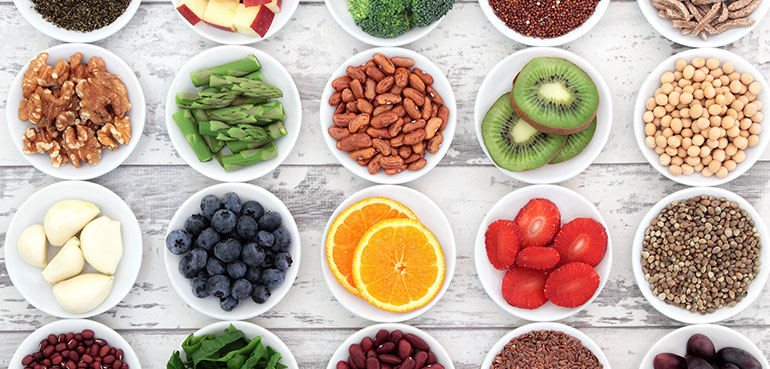
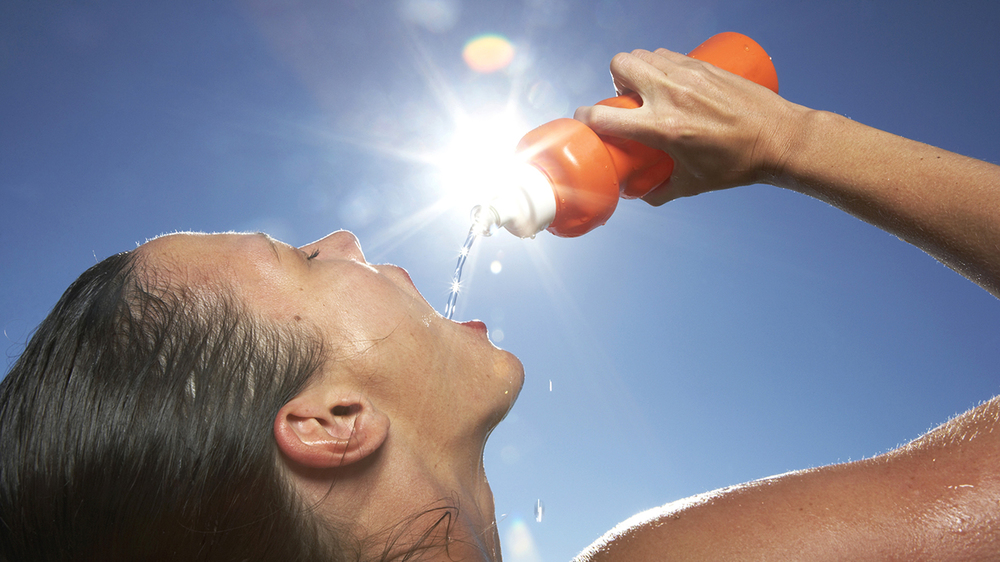

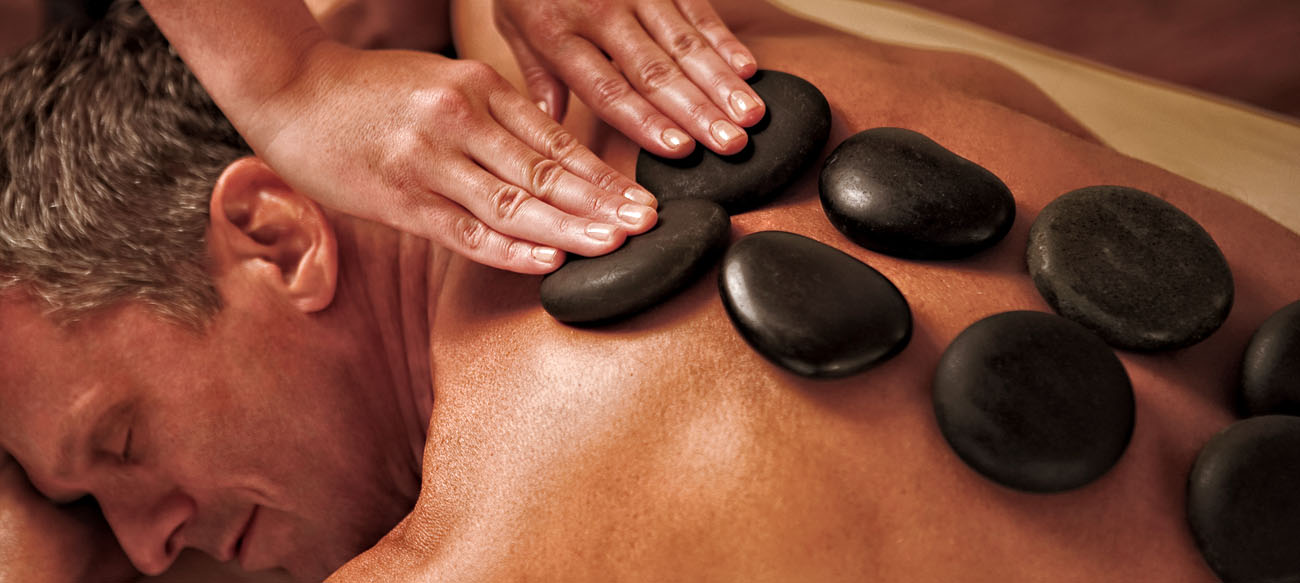
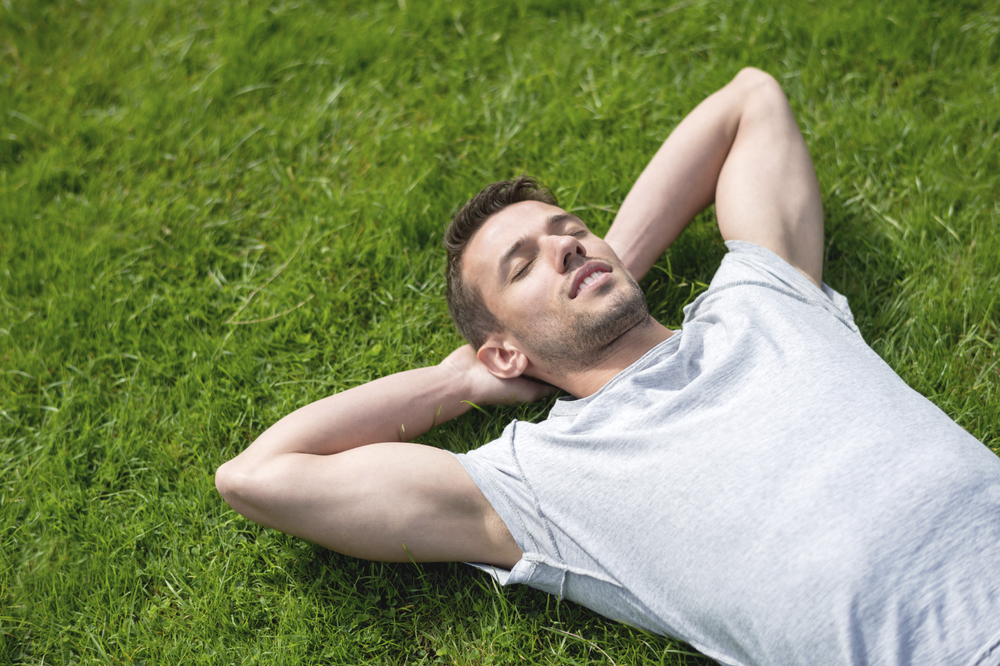
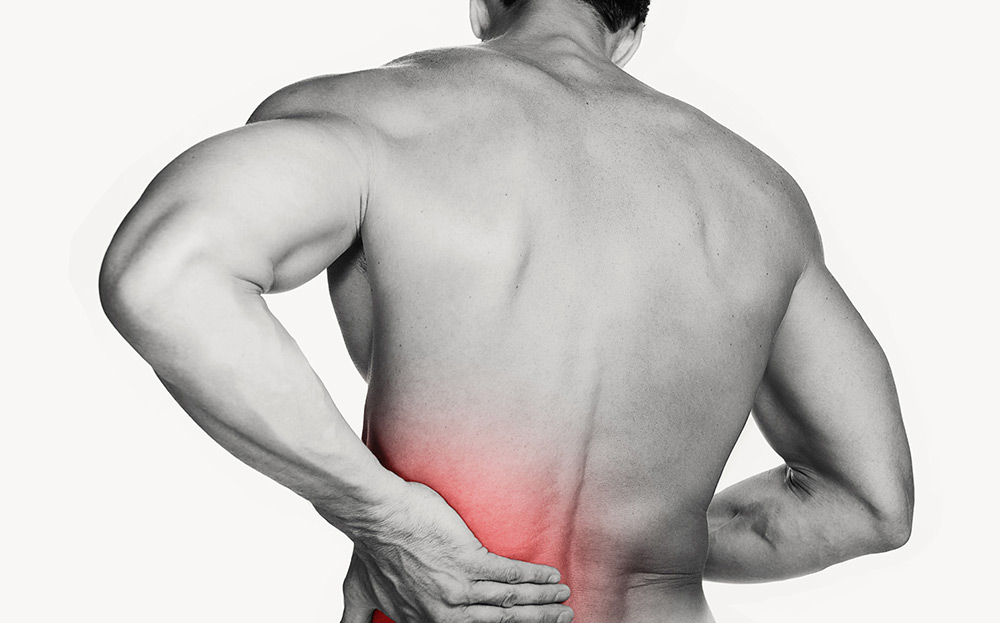
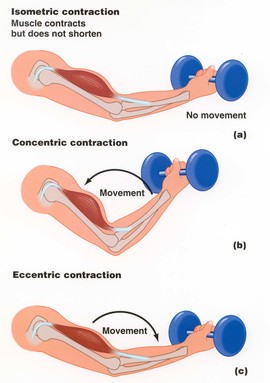

Resting!
I am a fan at times!
Some good tidbits in here that I was not aware of. Thanks!
You are very welcome! Glad to help.
Including Amino Acid supplements in your diet will help. Also i have heard coffee also helps to relax sore muscles a bit.
Thank you for the article. I learned so much from reading it. I also enjoyed reading the Utlimate Foam Roller Exercise Guide.